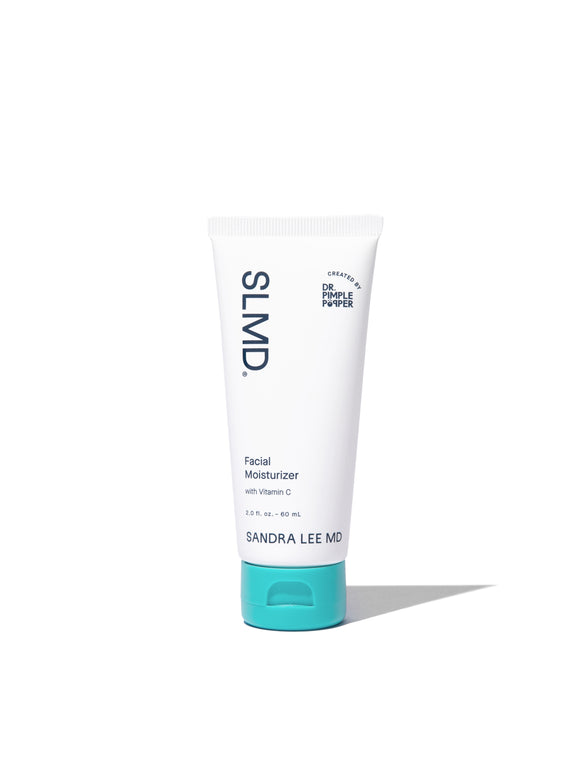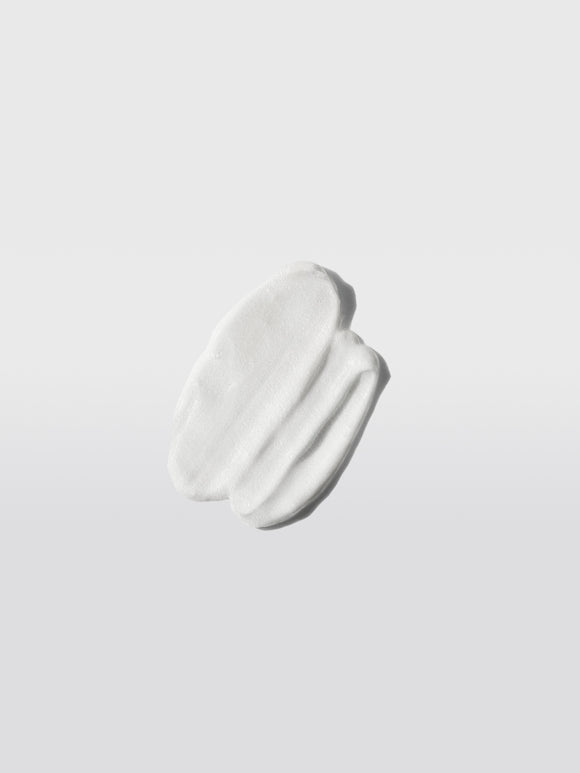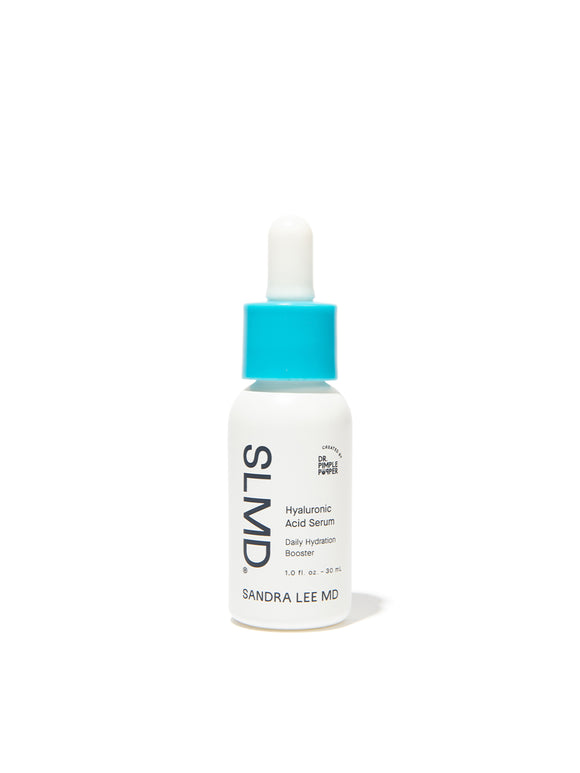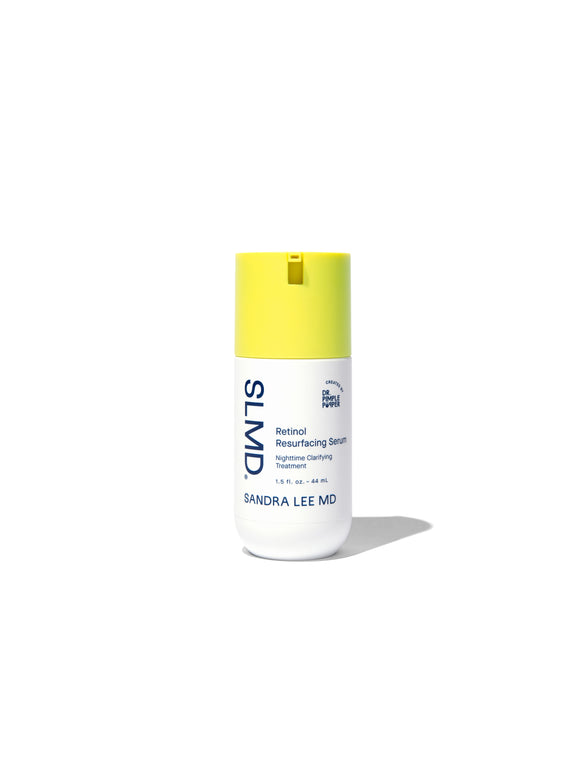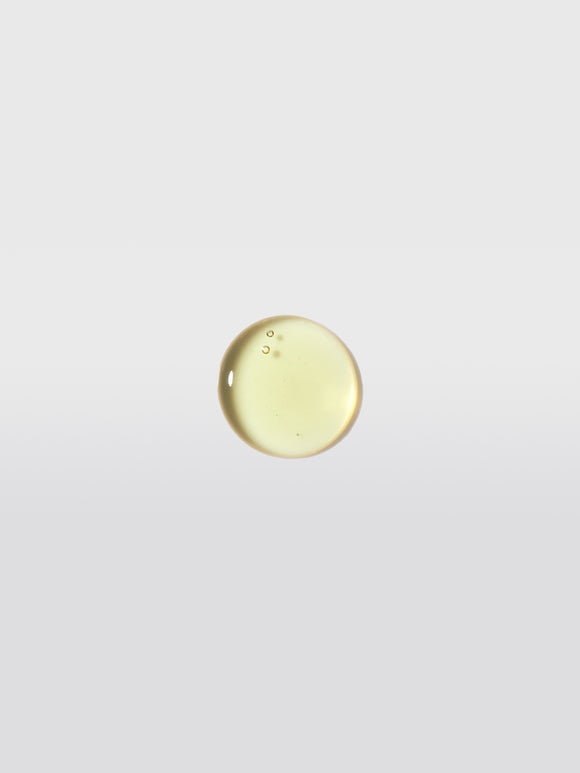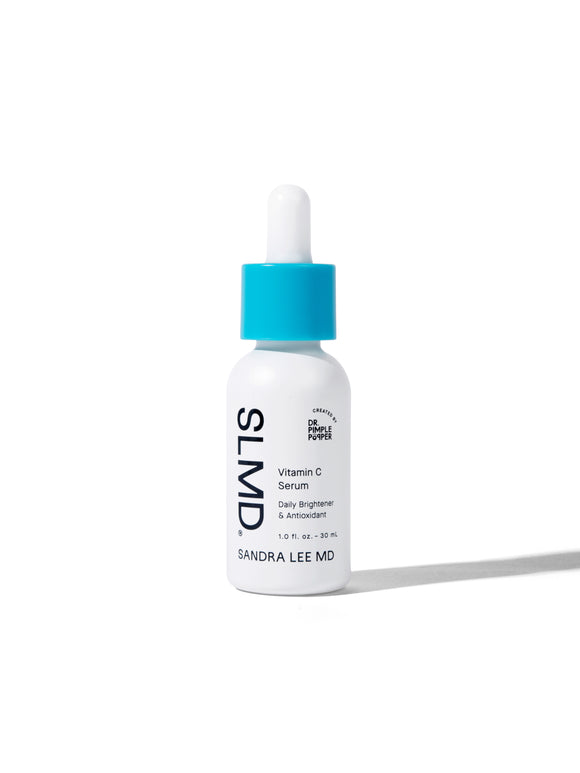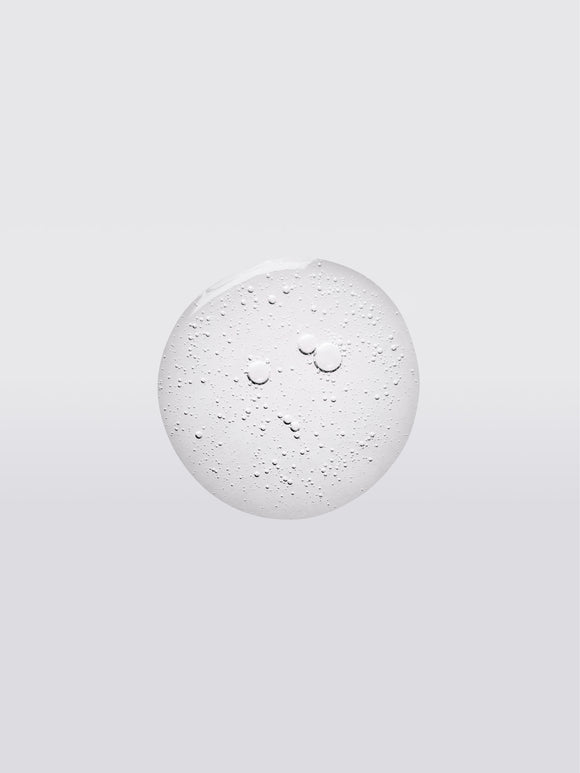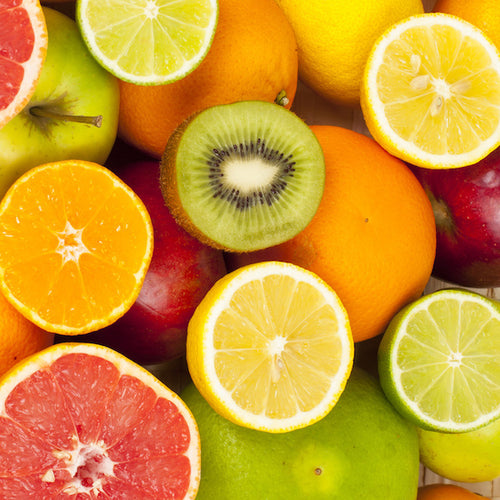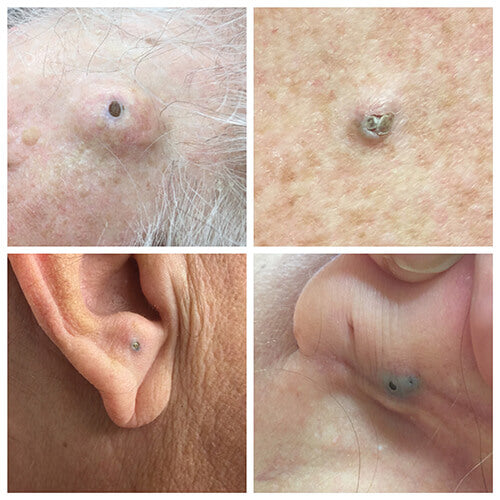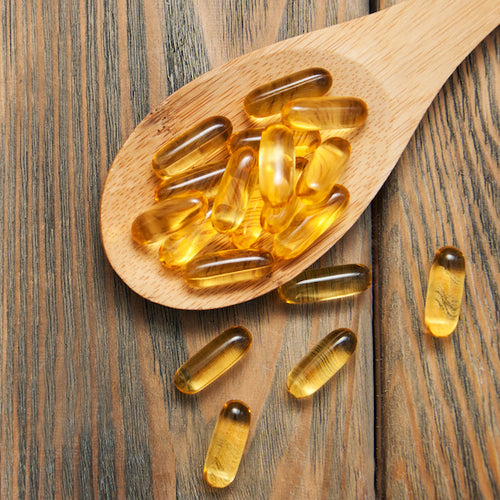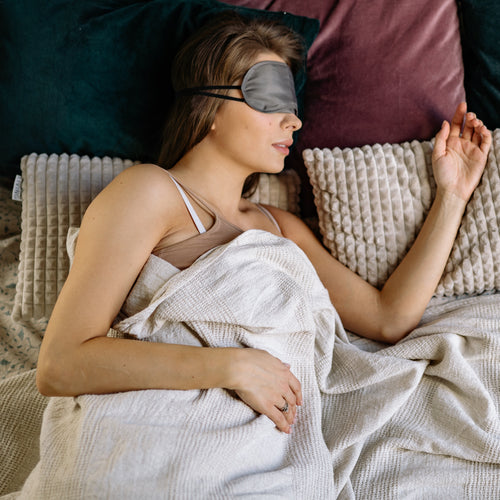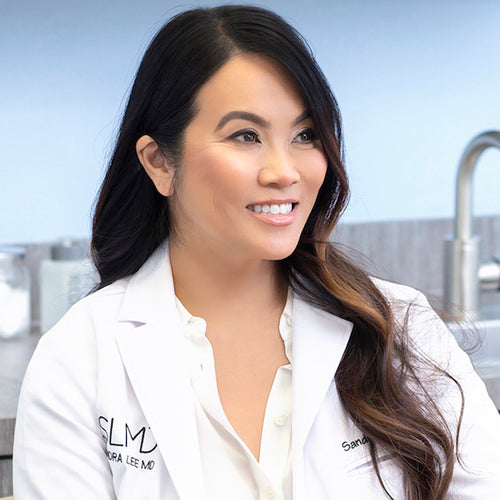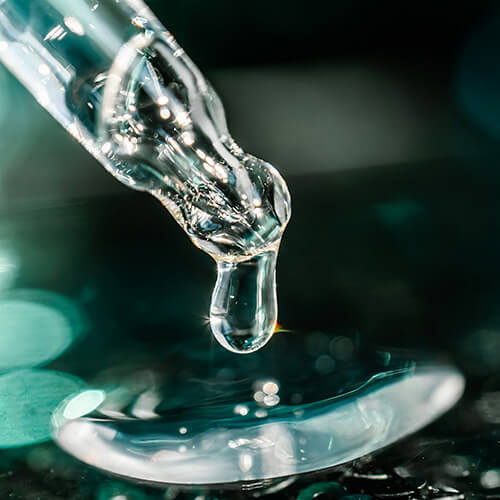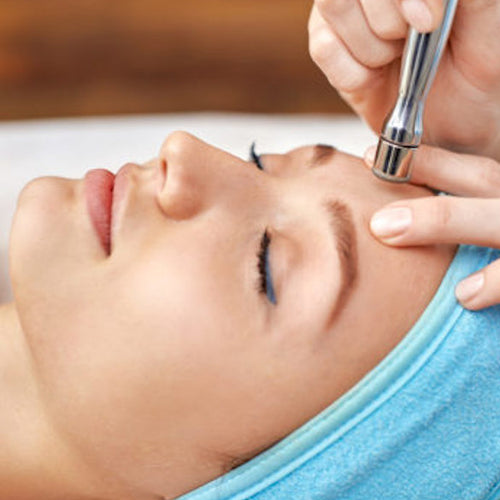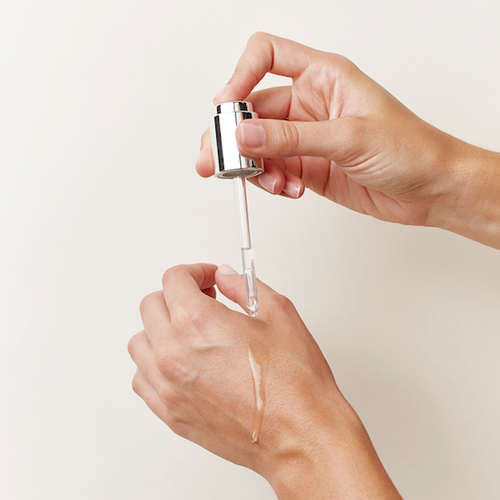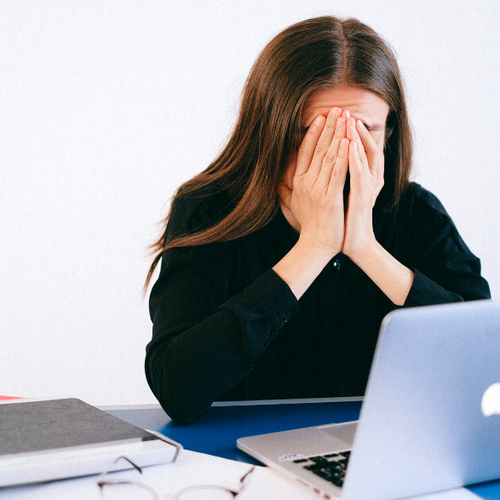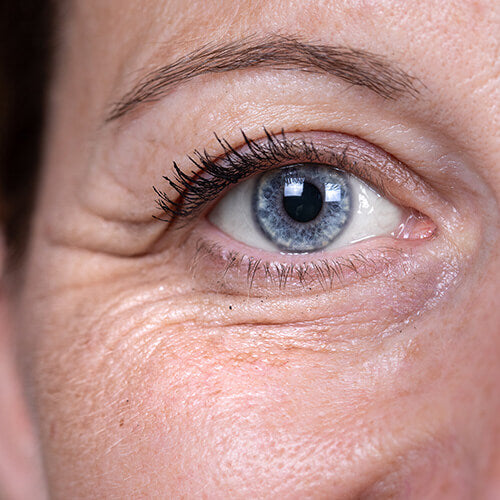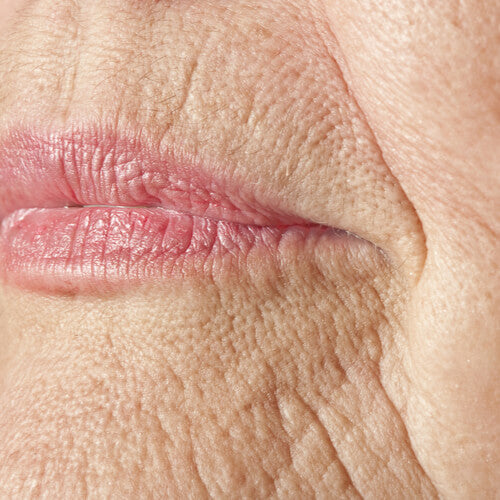
What Happens to Skin As You Age?
What really happens to your skin as it ages? Most of us have a pretty clear understanding of what skin aging looks like — wrinkles, sagging, dark spots. But it’s the why and how that will provide us with a better understanding of what we can do to slow down, or prevent, the visible signs of aging (if we’re so inclined).
Published:
5 minute read
When we think about aging, the first thing that comes to mind is how our appearance changes. Although all of our organs undergo transformation as time passes, it’s our skin that bears the most obvious metamorphosis.
Most of us have a pretty clear understanding of what skin aging looks like — but it’s the why and how that will provide us with a better understanding of what we can do about it (if we’re so inclined). Let’s dive deeper into the physiology of aging to uncover what’s really happening to your skin as it ages.
Article Quick Links
- What causes skin to age?
- What happens to your skin as it ages?
- Can we stop skin from aging?
- Dr. Lee’s last word
- Shop the article
What causes skin to age?
You’re right, Sherlock: the answer is time. But it’s not that simple — aging is a combination of factors, some within our control, and others that are unavoidable. These variables fall into two categories: intrinsic and extrinsic aging — let’s break it down.
Intrinsic aging
This is what we think of as “natural” aging. It’s determined by:
- Genetics: the DNA passed down to you that makes you more protected (or susceptible) to the aging process
- Force: gravity pulls our skin downward, while mechanical motion creates creases
- Time: our cells lose vitality as they replicate
So why do our skin cells naturally break down over time? It’s largely caused by the buildup of byproducts of cellular metabolism — aka the waste and toxins of everyday life. The chemical reactions that happen inside cells produce what’s called reactive oxygen species (ROS), which contributes to oxidative stress — aka damage to enzymes, cellular membranes, and DNA.
Natural hormonal fluctuations also play a major role in skin aging. Cells within both the dermis and the epidermis (including keratinocytes, melanocytes and fibroblasts) are highly receptive to estrogen levels. This partially explains why men tend to age more slowly and steadily over time, whereas women’s skin changes more dramatically around menopause.
Extrinsic aging
These are the conditions within our control: the choices we make about our environment and our lifestyle that have a major impact on our skin health. UV exposure is universally recognized as the most critical extrinsic factor, resulting in oxidative stress, inflammation and pigmentation changes over time (altogether known as photoaging). Other major players include:
What happens to your skin as it ages?
Yep, it’s a great big list — but knowledge is power. Paying attention to skin aging isn’t just about vanity, it’s about skin health. And while it's perfectly OK to sit back and age gratefully, those of us who want to slow it down (waaaaayy down) need to make the most informed lifestyle and skincare choices along the way.
Both the structural makeup and the functional abilities of skin alter with age. Though the two are intricately intertwined, we’re organizing the changes along those lines for clarity’s sake. Here are the highlights of what happens to aging skin, and what (if anything) you can do about it.
Structural changes
- Collagen production decreases. The quality of collagen also diminishes, both of which leads to loss of structural integrity — aka sagging. Retinol boosts collagen production, as does vitamin C, found in SLMD Vitamin C Serum.
- Elastin production goes down (aka elastosis). Skin that’s less pliable can take on a leathery appearance and is more prone to tearing. Retinoids counter some of this decline: try SLMD Retinol Resurfacing Serum.
- Skin thins. This is due in part to a flattening of the dermo-epidermal junction: the finger-like projections that strengthen the skin and increase the exchange of oxygen, nutrients, and waste products. This contributes to wrinkling and problems with vibrance and healing.
- Blood vessels become more fragile. As blood vessel walls in the dermis thin, you become more prone to bruising, bleeding under the skin (aka senile pupura), and cherry angiomas (mole-like red spots).
- Melanocytes change. These pigmented cells decrease in number, but increase in size. This makes skin overall paler, while dark spots (aka age/liver spots or solar lentigines) become more pronounced. Dark Spot Fix can help minimize the look of these marks.
- Subcutaneous fat layer thins and shifts. Fat just beneath the skin decreases and/or moves around, resulting in puffiness and hollowness — bone loss can exacerbate this effect. Surgical procedures (including fat transfer) as well as dermal filler can help.
- Skin growths are more likely. This includes skin tags, warts, brown rough patches (aka seborrheic keratoses), rough pink patches (aka actinic keratosis).
- Risk of chronic conditions increases. Inflammatory disorders (like eczema, rosacea and psoriasis) as well as skin cancers (basal and squamous cell carcinoma and malignant melanoma) become more common. Minimize UV damage with a sunscreen like Dual Defender SPF 30.
- Sleep creases appear. In addition to gravity and motion-induced wrinkling, these lines begin to show up on the temples, cheeks, and décolleté.
Functional changes
- Cellular turnover slows. Your skin cycle (aka how long it takes for brand new skin to surface) goes from about 28 days in your twenties to upwards of 50 days in your fifties and beyond. You can speed this up with retinoids: try SLMD Retinol Resurfacing Serum.
- Water content decreases. The stratum corneum becomes drier, and skin’s natural production of hyaluronic acid (which helps hold water in the skin) also goes down. Supplementing with Hyaluronic Acid Serum can help rehydrate and plump skin.
- Sweat glands produce less sweat. This makes it harder to keep cool.
- Natural moisturizing factor (NMF) decreases. Likely due to changes in amino acids, this compromises barrier function. Support your skin barrier with All Bright Niacinamide Toner, and Facial Moisturizer, formulated with amino acids.
- Sebaceous glands produce less oil. Skin becomes drier and may feel itchy, so try Glycolic Acid Body Lotion or Body Seal (with colloidal oatmeal).
- Sensitivity decreases. Changes in neurosensory perception can lead to greater chances of injury, because pain isn’t transmitted efficiently.
Can we stop skin from aging?
The short answer: not yet — but we can make an impact. For many decades, scientists believed that we could only slow down the effects of extrinsic aging on the skin. But research into powerful ingredients like retinoids and alpha hydroxy acids has proven that skincare can make a difference in intrinsic aging, too.
Even more recent studies have suggested that epidermal stem cells (the “master cells” from which differentiated skin cells arise) don’t appear to be damaged by stressors like ROS, and may not lose function with age. Research is ongoing, and may lead to new innovations in anti-aging.

Dr. Lee's Last Word
The most important thing we can do for our skin as it ages is to keep it as healthy as possible. I just can’t stress enough how important it is to wear sunscreen, and to follow a basic cleanse, treat, moisturize routine — preferably one that includes nighttime retinol. As you get older, it’s a good idea to visit your dermatologist once a year to make sure your skin is functioning properly.



